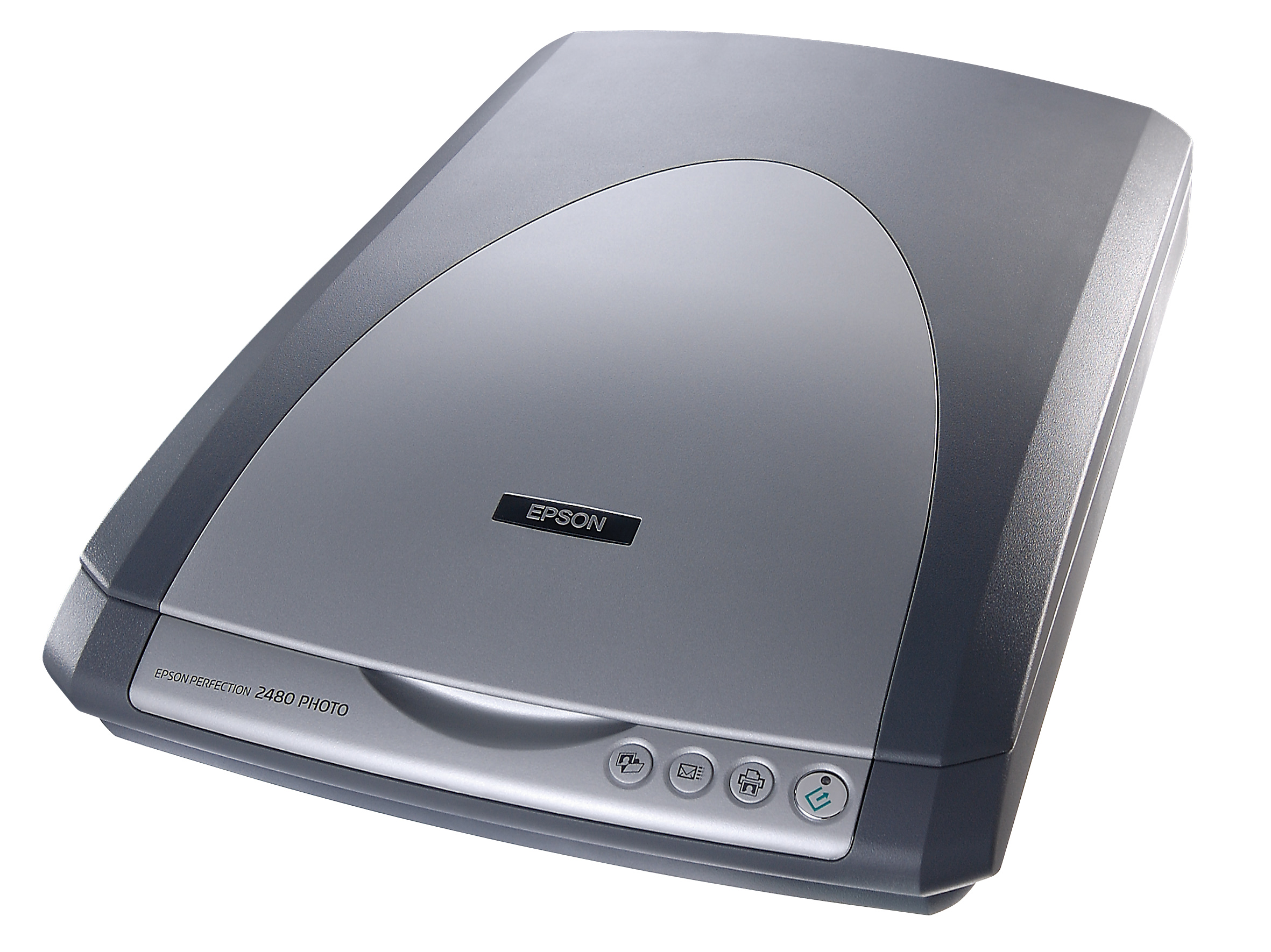TechRadar Verdict
If this is your first scanner and you want to scan films, this could be the one for you
Pros
- +
Good resolution
Excellent price
Scans film
Good scan software
Cons
- -
Very slight fringing
It's no looker
Why you can trust TechRadar
There's a lot of scanner in this small and unassuming grey box from Epson. For starters, you get a competent scanner with 2,400 x 4,800dpi resolution and a film adapter for scanning slides and negatives. A USB 2.0 Hi-Speed interface makes for rapid scans, although you need a Mac that supports USB 2.0 (any Mac bought in the last year or two).
You can also fit a USB 2.0 PCI card to older PowerMacs that are running Jaguar. Without the higher-speed port, your scans will take up to three times longer to do. Unlike more expensive models, the 2480's film adapter can only handle three 35mm frames of film at a time. If you have a lot of frames to scan then it may be a chore. However, most people only want to scan in a frame or two at a time, so for beginners this is not an issue.
Like all Epson scanning software, the TWAIN driver has built-in colour restoration and a dust and scratch removal function. The dust removal is software driven; there are no fancy infrared sensors. It's rough and ready but you do get a reduction in the debris that most frames of film harbour. You also get some softening, but if used with care it's fine.
The colour restoration feature is superb - great for revitalising old colour images from the 70s. Scanning time is acceptable at around 20 seconds for an A4 page at 300dpi. Colours tended to be a bit overblown and saturated compared to pricey pre-press models. That said, this is a scanner that you'd expect to produce more consumer scans, where the preference is for bright and bold colours.
Included in the bundle is Epson's usual software bundle. As well as the Scan utility you also get EasyPrintModule, Smart Panel, ArcSoft Photo Impression, Abby FineReader 5.0 Sprint and Presto! BizCard. Mark Sparrow
Tech.co.uk was the former name of TechRadar.com. Its staff were at the forefront of the digital publishing revolution, and spearheaded the move to bring consumer technology journalism to its natural home – online. Many of the current TechRadar staff started life a Tech.co.uk staff writer, covering everything from the emerging smartphone market to the evolving market of personal computers. Think of it as the building blocks of the TechRadar you love today.
